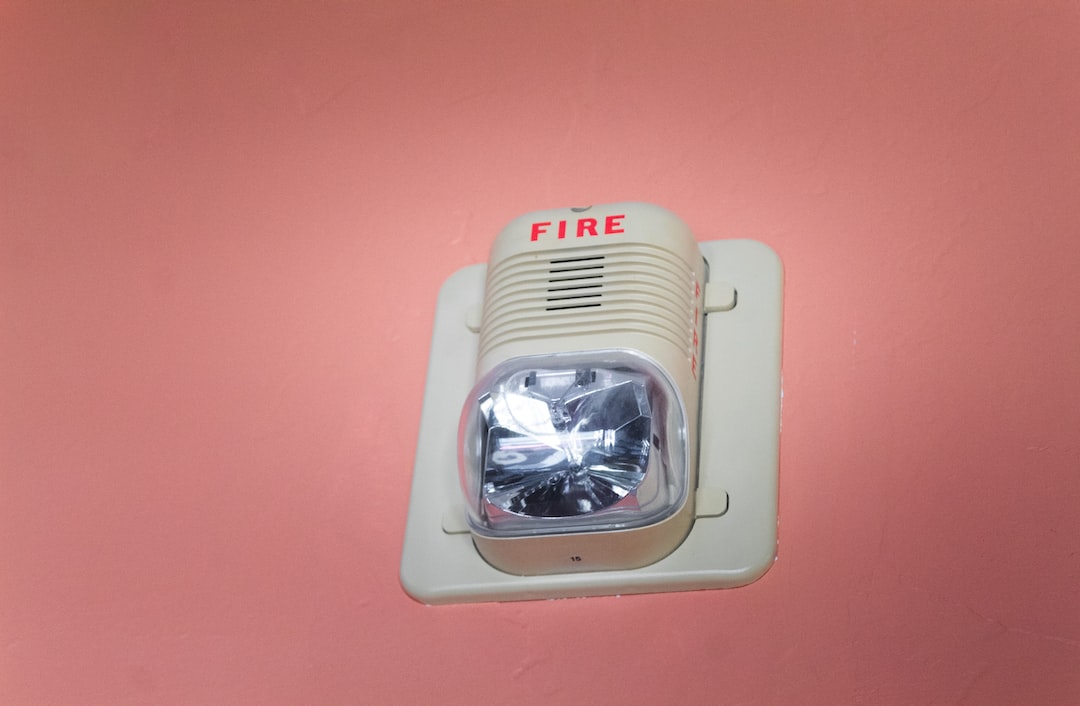Fire alarm systems identify and alert occupants in the event of an emergency. They also shut down equipment, limit damage and facilitate rapid response by the fire department.
The essential components of a fire detection system include:
- Smoke and heat detectors.
- Call points (or pull stations).
- Notification devices that sound or flash.
Initiating devices are either manual or automatic.
Smoke Detectors
Smoke detectors are the most critical component of any home fire alarm system. These devices detect smoke from smoldering fires that often go unnoticed until they produce flames and roaring blazes that can be difficult to extinguish. Smoke alarms installed by fire alarm system companies generally come in ionization and photoelectric. Each works differently, but both effectively detect early smoke and provide plenty of time to escape before a fire becomes too large or out of control. Ionization smoke detectors use a radioisotope to ionize air molecules, which carry current in an open circuit and trigger the alarm to sound. Smart smoke detectors work with home hubs and other connected devices to send alerts about triggered alarms and low batteries. They can also be interconnected so that if one alarm sounds, all of them will sound.
Heat Detectors
Heat detectors monitor changes in ambient temperature. If the change is due to a fire, the detector will signal to the panel that a fire has been detected, and an alarm must be issued.
There are different heat detectors: Optical smoke detectors use a light sensor to detect smoke. The sensor will trigger the alarm if the smoke layer is thick enough to block the light. These sensors can detect most hydrocarbon fires but are blind to welding arcs. Rate-of-rise heat detectors have a built-in temperature sensor that measures the temperature change rate over a short period. The detector will activate the alarm if this rate exceeds a pre-set threshold. These devices are ideal for areas where a fire is expected to spread quickly, such as kitchens.
Gas Detectors
The primary goal of fire detection systems is to spot fires as early as possible, allowing for a safe evacuation and reduced equipment damage. They work by triggering fire alarms and releasing fire suppression agents. The system’s brain is the Fire Alarm Control Panel, which relays signals from initiating devices (smoke detectors, heat detectors, and manual call points). Conventional systems use physical cabling that connects different detectors and manual call points. These are grouped into zones based on their location in the building to simplify locating the source of an alarm for first responders during emergencies.
When the threshold is surpassed, photoelectric smoke detectors employ a light sensor to monitor airflow and sound an alert. By placing a small amount of radioactive material between two electrically charged plates, ionization-type smoke alarms ionize the air. When a smoldering fire enters the chamber, the ions are disrupted, which reduces the current and triggers an alarm. Many systems also incorporate dual technology ionization-photoelectric detectors to provide more sensitivity and faster response time.
Carbon Monoxide Detectors
Carbon monoxide detectors work like gas detectors but monitor for the invisible killer byproduct of incomplete combustion. Fossil fuel furnaces, clothes dryers, and other appliances produce it.
These sensors resemble battery-operated smoke alarms but use an electrochemical cell to measure carbon monoxide concentration. Electrolytic cells have electrodes made of platinum metal dipped in an electrically conductive solution called an electrolyte. When carbon monoxide meets the sensor, it lowers its resistance to electricity, triggering an alarm. Other fire detection systems don’t require power, such as pneumatic detection tubing that runs throughout areas of high risk. When a fire starts, the tubing will automatically burst open, triggering an alarm to sound and possibly releasing a suppressant agent. This system can detect smoldering and flaming fires and is particularly useful in residential applications. It’s also very cost-effective.



